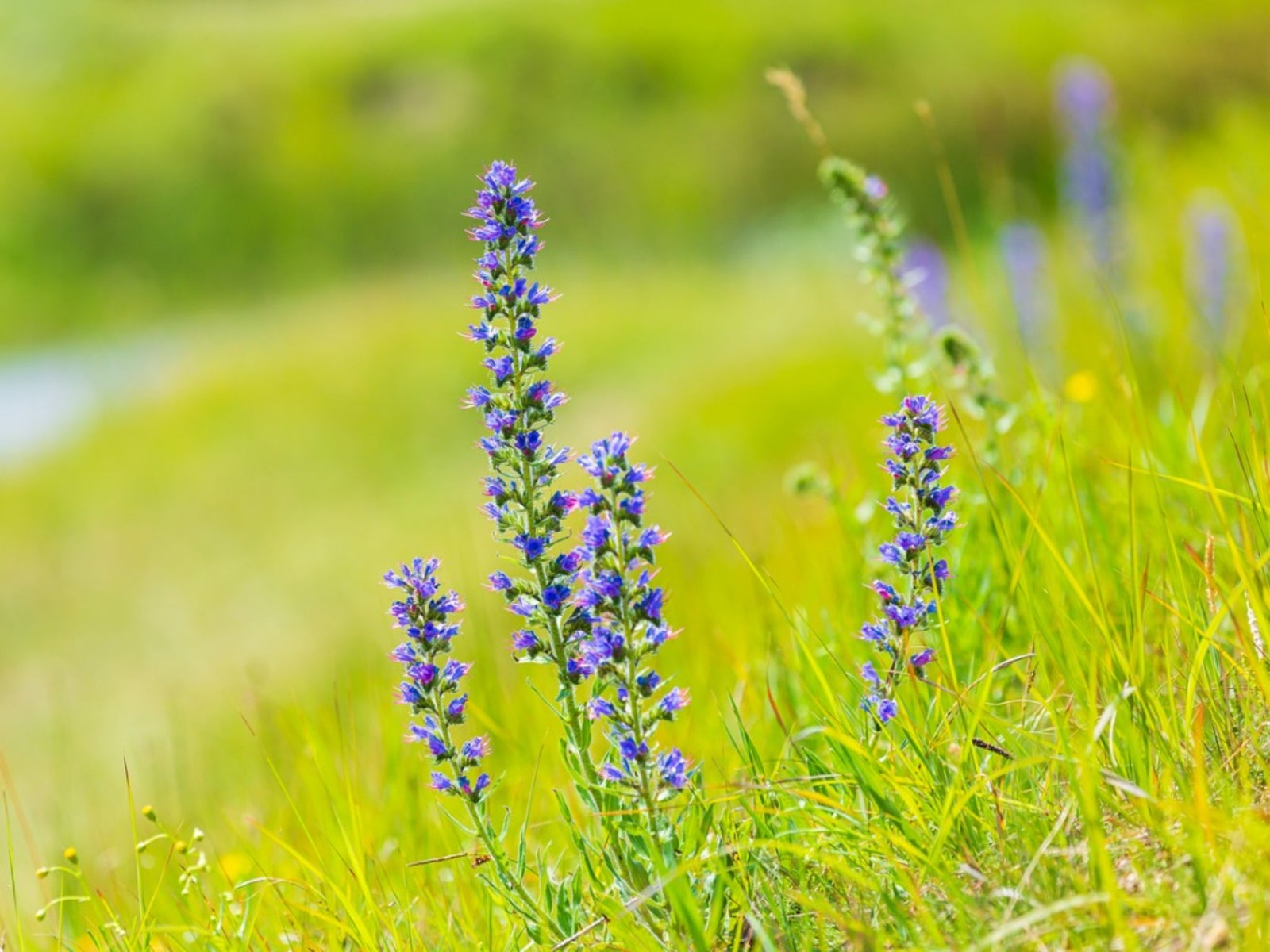Echium Viper’s Bugloss: Learn How To Control Blueweed


Viper’s bugloss plant (Echium vulgare), also known as blueweed, is an attractive plant valued by many gardeners, especially those who want to attract honeybees, bumblebees and wildlife to the landscape. However, Echium viper’s bugloss isn’t always warmly welcomed, as this aggressive, non-native plant creates problems in roadsides, woodlands and pastures across much of the country, especially the western United States. If bugloss blueweed plants are your enemies and not your friends, read on to learn about viper’s bugloss control.
How to Control Blueweed
Viper’s bugloss plant grows in USDA plant hardiness zones 3 through 8. If you’re dealing with small stands of bugloss blueweed plants, you can maintain control by hand pulling and digging young plants. Wear long sleeves and sturdy gloves because the hairy stems and foliage can cause severe skin irritation. Water the area the day before to soften the soil, as you’ll need an extra edge to get the entire taproot, which can be as long as 24 inches (60 cm.). Bugloss blueweed plants spread only by seed. If you want to gain the upper hand, pull or dig the plants before they bloom, which generally occurs in midsummer. Keep an eye on the area and pull new seedlings as they appear. You can also mow the area to keep plants from setting seed. Although mowing is helpful, it won’t eradicate established plants. Large infestations of viper’s bugloss plants will generally require application of chemicals. Herbicides, such as 2,4-D, which are targeted for broadleaved plants, are usually effective. Spray seedlings in spring, then follow up by spraying established plants from midsummer to autumn. Read the directions carefully, as herbicides are highly toxic. Remember that spray drift can harm other broad-leaved plants, including many ornamentals. As with any herbicide, read and follow application instructions carefully. These should also be used as a last resort.
Sign up for the Gardening Know How newsletter today and receive a free copy of our e-book "How to Grow Delicious Tomatoes".

A Credentialed Garden Writer, Mary H. Dyer was with Gardening Know How in the very beginning, publishing articles as early as 2007.